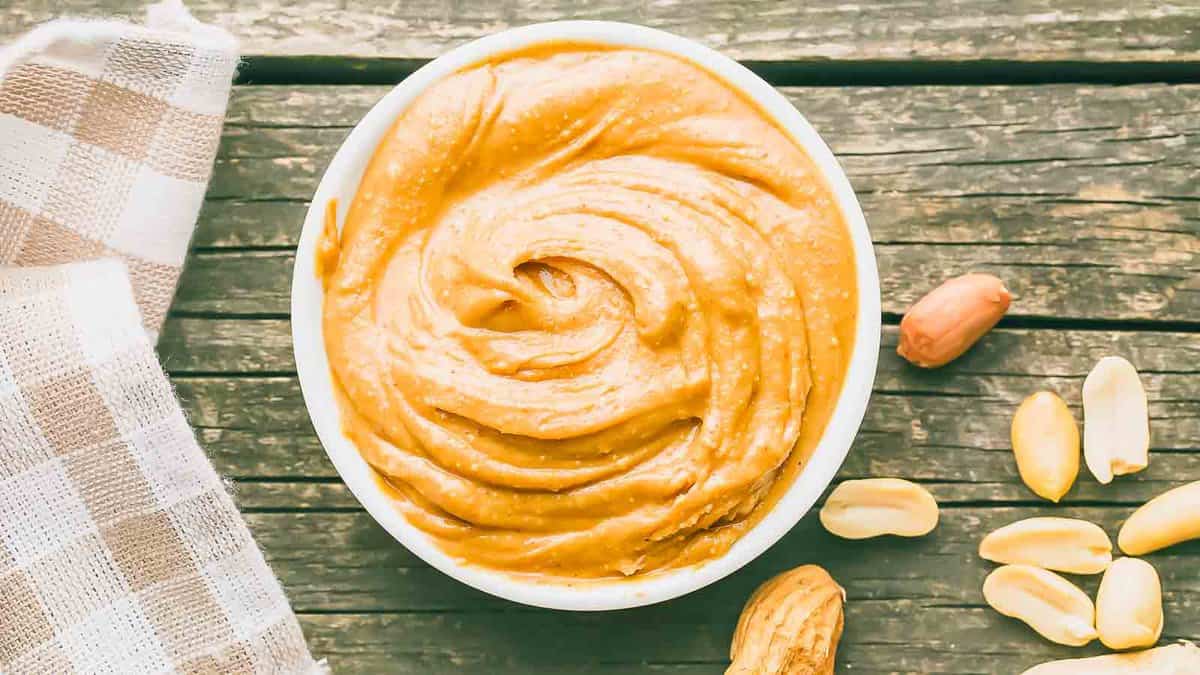Stacking your pantry with everything in one place might feel efficient, but some foods just don’t get along. The wrong neighbors can lead to faster spoilage, odd flavors, or even unwelcome pests. Certain foods release gases or absorb moisture, while others pick up every smell in their space. Knowing which items need a little distance can keep your food fresh and save you the hassle of wasted groceries.

Onions and Potatoes


Storing onions and potatoes together speeds up spoilage. Onions release gases that make potatoes sprout and rot faster, while potatoes give off moisture that can cause onions to become soft and moldy. It’s best to store them separately in cool, dark places with good ventilation.
Bananas and Apples


Bananas release high levels of ethylene gas, which accelerates the ripening—and eventual spoiling—of nearby fruits like apples. Keeping them separate can extend their freshness, preventing bananas from overripening and apples from becoming mealy too quickly.
Garlic and Onions


While they may seem like natural pantry buddies and plenty of us are probably guilty of this one, garlic and onions can cause each other to spoil faster. Onions emit moisture and gases that can make garlic soft and sprout prematurely. Store garlic in a dry, well-ventilated area and onions in a separate cool, dark spot.
Bread and Tomatoes


Bread absorbs moisture from tomatoes, causing it to get soggy and mold faster. At the same time, the ethylene gas from tomatoes speeds up the staling process in bread. Store bread in a dry, cool place and tomatoes at room temperature or in the fridge if ripe.
Apples and Oranges


Apples release ethylene gas, which causes citrus fruits like oranges to spoil faster. Apples should be stored in a cool, dark place or fridge, while oranges can stay in the fridge or on the counter, away from ethylene-emitting fruits for longer freshness.
Rice and Flour


Rice and flour should be stored separately to avoid cross-contamination. Flour attracts pests like weevils, which can infest rice if stored nearby. Use airtight containers for each, and store them in different areas of your pantry for added protection.
Tomatoes and Cucumbers


Tomatoes give off ethylene gas, which makes cucumbers become mushy and spoil faster. Cucumbers are sensitive to ethylene, so it’s best to keep them in separate drawers or sections in your pantry or refrigerator to maintain their crispness.
Coffee Beans and Spices


Coffee beans can absorb the strong aromas of spices, which affects their flavor. To keep your coffee tasting fresh and spices from losing their potency, store them in separate airtight containers in cool, dark areas of your pantry.
Honey and Vinegar


Honey is sensitive to strong odors, and storing it near vinegar or acidic substances can alter its flavor over time. Keep honey in a tightly sealed container and away from vinegar or any other item with a pungent aroma to maintain its pure taste.
Peanut Butter and Strong-Smelling Foods (like Onions)


Peanut butter can absorb strong odors, which can affect its taste. Foods like onions or garlic can change the peanut butter’s flavor if stored nearby. To keep peanut butter fresh, store it in a separate area, away from pungent items.
11 Surprising Foods You Should Never Eat Together


Combining certain foods can sometimes cause more harm than good. Believe it or not, some of your favorite food pairings might be behind your digestive woes. Here are a handful of food combinations that could be causing you discomfort and why you should think twice before eating them together.
Read it Here: 11 Surprising Foods You Should Never Eat Together
13 of the Weirdest Food Pairings People Love


Some people love dipping fries in ice cream or putting peanut butter on burgers, and it might seem odd, but these combos are surprisingly popular. We put together some of the weirdest food pairings that people can’t get enough of. They might make you cringe, but they also might just become a new favorite if you give them a try.
Read it Here: 13 of the Weirdest Food Pairings People Love
*Select images provided by Depositphotos.
Gina Matsoukas is an AP syndicated writer. She is the founder, photographer and recipe developer of Running to the Kitchen — a food website focused on providing healthy, wholesome recipes using fresh and seasonal ingredients. Her work has been featured in numerous media outlets both digital and print, including MSN, Huffington post, Buzzfeed, Women’s Health and Food Network.


